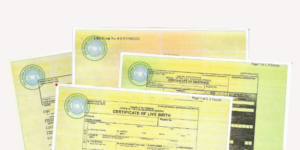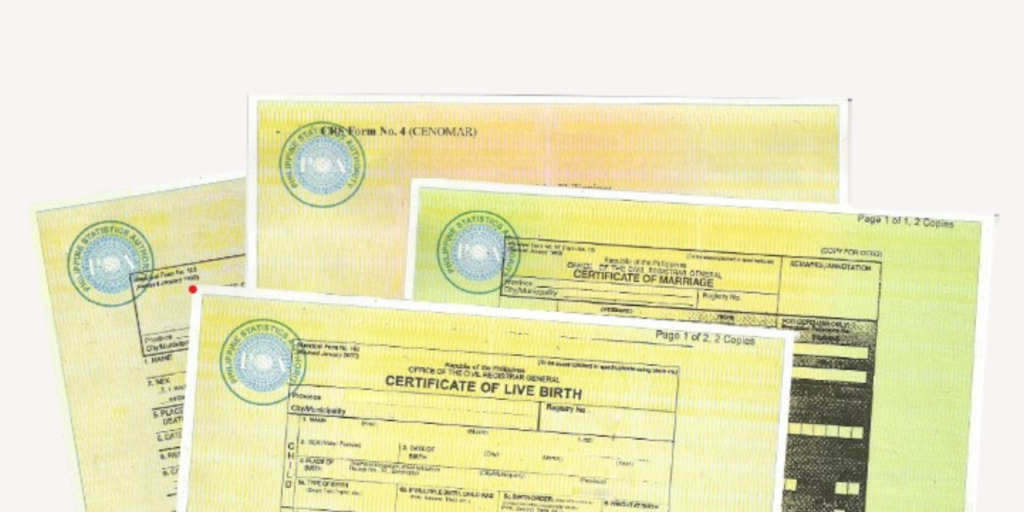As the fruit of your hard work, you are now able to buy property for yourself and your family. Building and moving into your dream property was once something that you only thought would never happen. But now that you have achieved the property that you have worked hard for, it comes with its share of responsibilities, and one of the most important is paying your real property tax (RPT).
What is Real Property Tax?
RPT or real estate tax is a tax imposed on property owners annually by the Local Government Unit (LGU) where your property is located. It is often known as amilyar. Republic Act No. 7160, also known as the Local Government Code of the Philippines, grants local government units the authority to impose Real Property Tax, detailed in Sections 197 to 283. According to Section 232, provinces, cities, or municipalities in Metro Manila can charge an annual ad valorem tax on real properties like land, buildings, machinery, and other improvements, except those specifically exempted.
According to Article 415 of the Civil Code of the Philippines, real property is defined as immovable property falling under:
(1) Land, buildings, roads and constructions of all kinds adhered to the soil;
(2) Trees, plants, and growing fruits, while they are attached to the land or form an integral part of an immovable;
(3) Everything attached to an immovable in a fixed manner, in such a way that it cannot be separated therefrom without breaking the material or deterioration of the object;
(4) Statues, reliefs, paintings or other objects for use or ornamentation, placed in buildings or on lands by the owner of the immovable in such a manner that it reveals the intention to attach them permanently to the tenements;
(5) Machinery, receptacles, instruments or implements intended by the owner of the tenement for an industry or works which may be carried on in a building or on a piece of land, and which tend directly to meet the needs of the said industry or works;
(6) Animal houses, pigeon-houses, beehives, fish ponds or breeding places of similar nature, in case their owner has placed them or preserves them with the intention to have them permanently attached to the land, and forming a permanent part of it; the animals in these places are included;
(7) Fertilizer actually used on a piece of land;
(8) Mines, quarries, and slag dumps, while the matter thereof forms part of the bed, and waters either running or stagnant;
(9) Docks and structures which, though floating, are intended by their nature and object to remain at a fixed place on a river, lake, or coast;
(10) Contracts for public works, and servitudes and other real rights over immovable property.
When is the Deadline for Payment of Real Property Tax for 2025?
Typically, the deadline of payment for your RPT in the Philippines is on or before January 31 of each year. However, there is an option if you can’t pay the amilyar in full on January 31. You may settle the payment for installments:
1st payment: You must pay n or before March 31.
2nd payment: For the 2nd quarter, you must pay on or before June 30.
3rd payment: For the 3rd quarter, you must pay on or before September 30.
4th payment: For the 4th quarter, you must pay on or before December 31.
Some LGUs may offer discounts for early payments made before the deadline, while late payments will incur interest penalties. It is important to verify with your specific LGU for any updates in deadlines and payment incentives.
What are the requirements for Paying RPT?
Commonly, the LGUs require you to present the following on paying your RPT:
Previous Official Receipt of Tax Payment
Transfer Certificate of Title (TCT) or Condominium Certificate of Title (CCT)
Tax Declaration Number
The aforementioned documents are to be submitted for assessment – by contrast, when you have already paid your real property tax before, it is best to secure and show your Tax Receipt from your previous transaction.
Real Property Tax is paid quarterly, however you may secure a discount if you pay one year in advance. City or Municipal treasurer usually begins the releasing of real property tax assessment as early as November of the current year for the following year’s real property tax assessment. The discount can be as much as 10 to 20% depending on the city or municipal treasurer.
Tax Declaration of Real Property
In paying the RPT, a tax declaration is needed. A tax declaration is a property record that shows the property’s assessed value, which serves as a basis for calculating real property tax. Once the property registration is approved, you’ll receive a tax declaration number.
Real Property Tax Computation
The Local GovernmentCode 1991 states that the amilyar or RPT computation is based on the following rates:
For properties in the provincial areas (outside Metro Manila), a 1% of the assessed value is used.
For properties within Metro Manila, a 2% of the assessed value is used.
The general formula on calculating your RPT is RPT= RateXAssessed Value.
Example, your property is in Taguig City and the assessed value is P2,500,000, your RPT will be: P2,500,000 x 2% = P50,000.
Where to Pay Real Property Tax?
There are two ways you can use to pay your RPT or amilyar: walk-in and online.
To pay in person, you can visit your LGU’s Treasurer’s Office or through their designated centers. However, many local governments now offer online payment options for real property taxes to provide convenience to taxpayers.
Caloocan: Caloocan City Web Portal
Makati: Makati Online Payments
Mandaluyong: Mandaluyong City Online Services
Manila: Go Manila
Muntinlupa: Muntinlupa Online Real Property Payment System
Pasig: Pasig City’s Online Services
Quezon City: QC E-Services
San Juan: Makabagong San Juan
Valenzuela: Valenzuela City Online Services
Current Bureau of Internal Revenue (BIR) Provisions for Real Property Tax
Article 415 of the Civil Code
This enumerates those that fall under immovable property. For the purpose of real property taxation, there are instances where personal property shall also be considered taxable under real property tax. Improvements are also subject to real property tax.
Section 233 of the Local Government Code
It states the rates of levy for the imposition of real property taxes. For provinces, the rate shall not exceed one percent (1%) of the assessed value of real property, however, if it is a city or a municipality within the Metropolitan Manila Area, the rate shall not exceed two percent (2%) of the assessed value of real property.
As to the collection of real property tax, Section 246 of the Local Government Code states that RPT shall accrue on the 1st day of January and since that date shall constitute as a lien that is superior in nature. The lien shall only be extinguished once the delinquent tax has been paid.
Section 247
It provides that the city or municipal treasurer shall be responsible for the collection of the RPT. A barangay treasurer may collect RPT if duly deputized and whose bond is paid for by the corresponding city or municipal government.
Section 250 of the Local Government Code
It states that payment may be done in four equal installments, on or before the following dates: March 31, June 30, September 30, and December 31. If payments were made in advance, the Sanggunian may grant a discount, the amount of which shall not exceed twenty percent (20%) of the annual tax code, as mentioned in Section 251 thereof. If you, however, fail to pay RPT, Section 255 states that you must pay interest at the rate of two percent (2%) per month on the unpaid amount or a fraction of which until you have fully paid the amount due. This is provided that the total interest of the unpaid tax or portion does not exceed thirty-six (36) months.
For the actual payment of the real property tax, you need to submit the following at the municipal treasurer’s office if you are a first-time taxpayer: (a) Original certificate of title, condominium title, or transfer certificate of title, and (b) tax declaration number.
However, if you have paid for real property tax prior, you need only to submit the previously issued Property Tax Official Receipt. Once these documents have been given and a corresponding assessment has been issued, you may now pay for the real property tax at the cashier.
What Happens if Real Property Tax is not paid?
If you won’t be able to pay your tax, the concerned LGU can take action either by seizing your property or through legal proceedings. This means that if your tax is overdue, your property could be auctioned by the city or municipality. However, there’s a way to save your property. Within one year from the auction date, you or someone with a legal interest in the property can redeem it by paying the overdue tax, including interest and sale expenses, plus an additional interest of up to 2% per month on the purchase price. The one-year redemption period starts from the date the Certificate of Sale is registered
Sounds Overwhelming? It doesn’t have to be?
FileDocsPhil offers a convenient solution by handling everything from verifying your tax declaration to processing payments on your behalf, ensuring that you never miss a deadline and avoid penalties.
Let FileDocsPhil Do the Work!
Need further information and assistance regarding Real Property Tax payment in the Philippines? Talk to our team at FILEDOCSPHIL to know more about the requirements and process. Call us today at (+63) 917 149 2337 or send an email to info@filedocsphil.com or simply message us through the live chat for more information.








